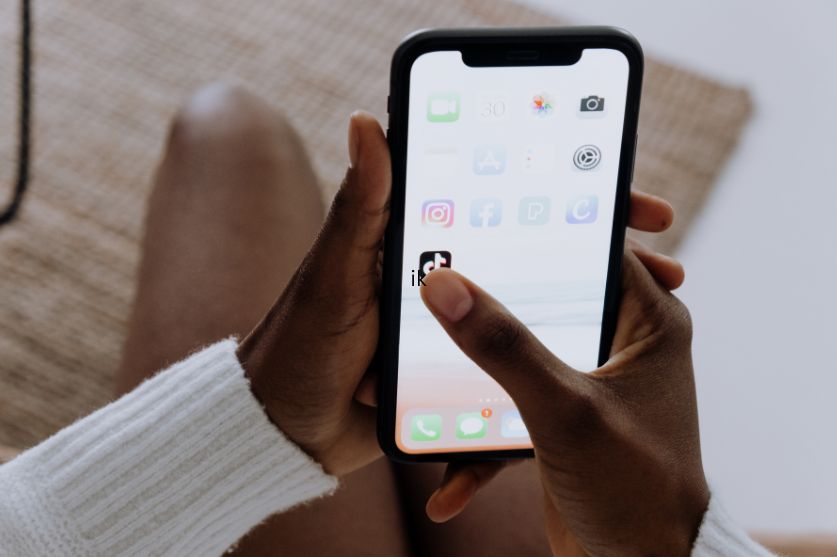In a dramatic week for one of the world’s most influential social media platforms, TikTok faced a near-total shutdown in the United States, only to be reinstated following a surprising political intervention. The saga has left millions of users, content creators, and businesses in a state of uncertainty, underscoring the platform’s complex relationship with national security concerns and global politics.
The TikTok Shutdown: How Did It Happen?
On January 17, 2025, the U.S. Supreme Court upheld a federal law mandating that ByteDance, TikTok’s Chinese parent company, divest its U.S. operations by January 19. The decision came after years of escalating tensions between U.S. lawmakers and ByteDance over concerns about data privacy and the Chinese government’s potential misuse of user data.
Critics of TikTok argue that its vast data collection, spanning user locations, preferences, and behavioral patterns, could pose a significant national security threat if accessed by foreign entities.
The court’s ruling left ByteDance with a stark ultimatum: sell its U.S. operations or face a nationwide ban. ByteDance refused, citing the impracticality of divesting under such tight timelines and maintaining that its existing safeguards, such as storing U.S. user data on Oracle servers, sufficiently addressed security concerns.
Related Post: Kai Cenat: The Online Streamer Redefining Content Creation
With no resolution in sight, TikTok was officially shut down on Sunday, January 18, 2025. The app became inaccessible across the U.S., and it was promptly removed from major app stores, leaving 170 million U.S. users in digital limbo.
A Surprising Turn of Events: Political Intervention
Just as it seemed TikTok’s U.S. chapter had closed for good, President-elect Donald Trump made a surprising announcement. In a departure from his earlier position during his first presidential term, where he aggressively sought to ban TikTok outright, Trump proposed an executive order delaying the ban. The delay would provide time for ByteDance and the U.S. government to negotiate a new security arrangement.
Central to Trump’s proposal was a joint venture in which the U.S. government would acquire a 50% ownership stake in TikTok’s American operations. This arrangement aims to address the national security concerns that have plagued the platform, offering a level of government oversight while preserving TikTok’s functionality for U.S. users. Trump’s pivot drew mixed reactions, with some praising the pragmatism of his solution and others criticizing it as an overreach.
Related Post: Advice and Tips for Starting a Business in Singapore
The Impact on Creators and Businesses
The brief shutdown of TikTok sent shockwaves through the creator community and businesses that rely heavily on the platform. Over the years, TikTok has become an essential tool for creators to build audiences, launch careers, and generate income. For small businesses, it has been an invaluable platform for reaching customers through innovative marketing strategies.
The sudden inaccessibility of TikTok was particularly devastating for influencers and businesses that rely solely on the app to connect with their audiences. Popular creators took to other platforms like Instagram and YouTube to express their frustration, with some questioning the fairness of penalizing users for geopolitical disputes. Business leaders, including Elon Musk and Mark Cuban, publicly criticized the ban, highlighting the ripple effects it could have on freedom of expression and innovation within the tech industry.
Restoration and What Comes Next
Following Trump’s announcement, ByteDance began working to restore TikTok’s services to U.S. users. By January 19, many users regained access to the app, though it remained unavailable for new downloads in app stores. ByteDance also resumed discussions with U.S. officials about potential compromises, including stricter data storage regulations and increased transparency.
While TikTok’s reinstatement has offered a temporary reprieve, its future in the U.S. remains far from secure. The proposed joint venture between ByteDance and the U.S. government still requires extensive negotiation and approval. In the meantime, many creators and businesses are left in a precarious position, unsure whether TikTok will remain a reliable platform in the long term.
Related Post: Mayoral Candidate who wants to bring Innovative Tech Solutions to City Hall
Lessons for Creators and Businesses
The TikTok saga serves as a stark reminder of the risks associated with relying too heavily on any single platform. For content creators and businesses, the sudden shutdown highlighted the importance of diversifying digital strategies to ensure continued reach and visibility. Platforms like Instagram Reels, YouTube Shorts, and emerging competitors have seen a surge in activity as creators look for alternative ways to connect with their audiences.
Moreover, the episode has underscored the importance of backing up content and building audiences across multiple channels. Tools like SnapTik, which allow users to download TikTok videos without watermarks, have become increasingly popular as creators look to repurpose their content for other platforms. Similarly, businesses have started leveraging tools like Visme to create mobile-friendly, shareable content that can be used across various social media channels.
The Broader Implications
The TikTok controversy is not just a battle over a single app. It reflects broader tensions between the U.S. and China over technology, data privacy, and digital influence. As lawmakers worldwide grapple with how to regulate tech giants. The TikTok case could set a precedent for how governments approach foreign-owned platforms in the future.
For users and creators, the uncertainty surrounding TikTok highlights the need to stay adaptable in an ever-changing digital landscape. While the platform has become a cultural and economic powerhouse, its future remains tied to complex geopolitical negotiations.
Related Post: Black-Owned Christian Media Content App Goes Viral
Final Thoughts
TikTok’s tumultuous week has underscored the fragility of even the most dominant platforms in the face of regulatory and political challenges. While the app has been restored for now, its fate in the U.S. is far from guaranteed. Creators and businesses must take this moment as a wake-up call to diversify, innovate, and prepare for an uncertain digital future.
As we wait to see how negotiations unfold, one thing is clear, adaptability is key in the fast-moving world of social media. By staying informed and exploring new opportunities, creators and businesses can continue to thrive, TikTok or not.

